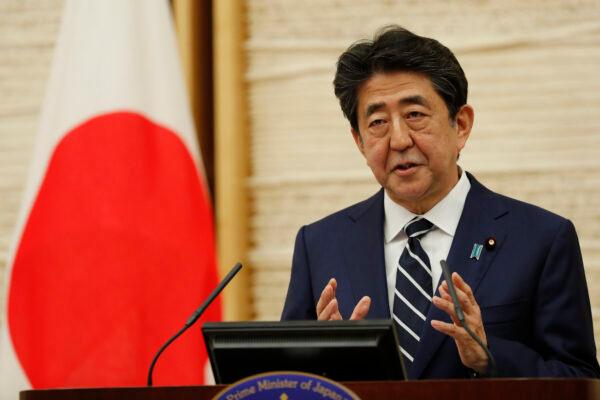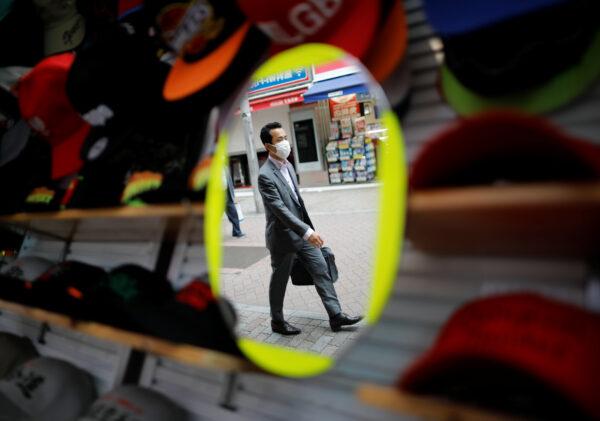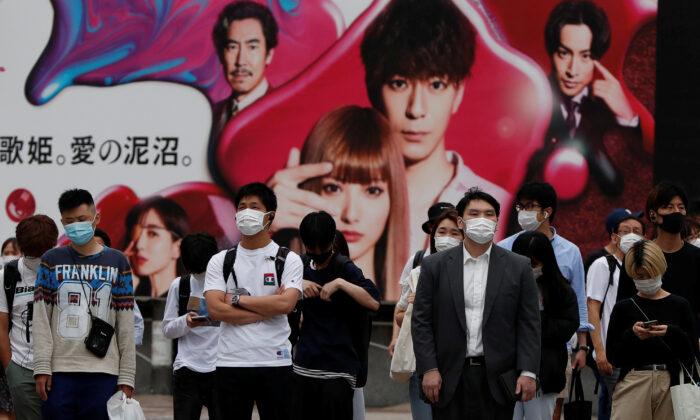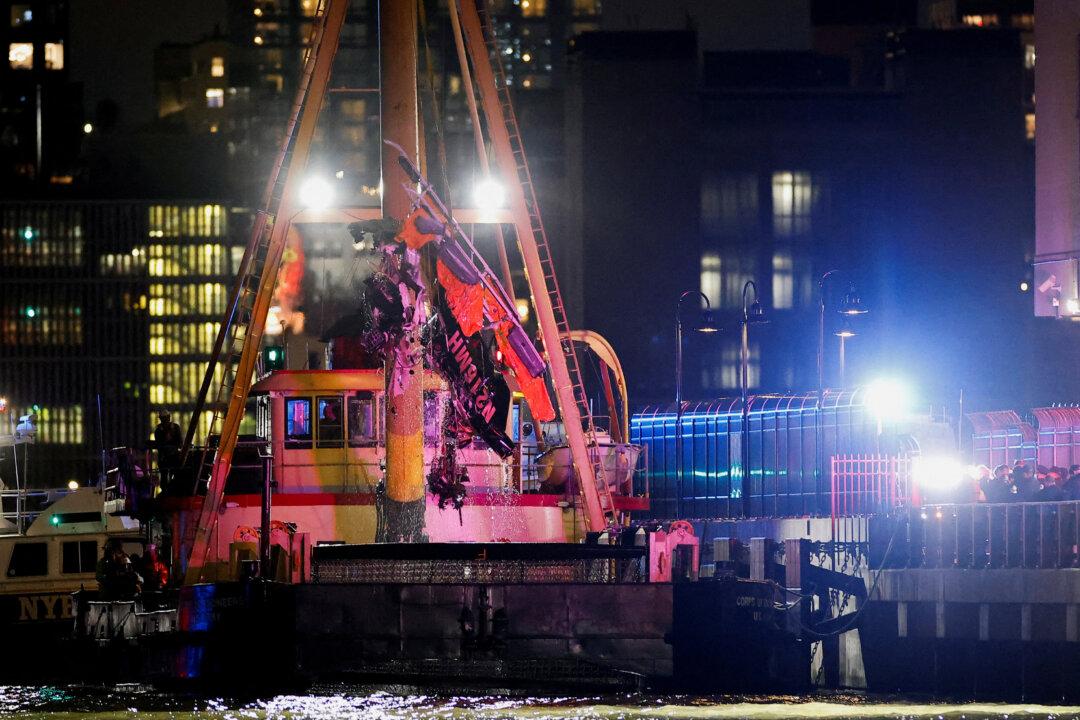TOKYO—Japanese Prime Minister Shinzo Abe said on May 25 that Japan will lift a state of emergency for Tokyo and four remaining areas later in the day but that it could be reimposed if the pace of infections picked up.
Social distancing curbs were loosened for most of the country on May 14 as new infections fell, but the government has kept Tokyo and four other prefectures under watch.
Abe also told a news conference that the total amount of stimulus from two economic packages would exceed 200 trillion yen ($1.9 trillion) but it would still take considerable time to get back to normal life while controlling infection risks.
Japan’s economy minister told reporters earlier on May 25 the government had received approval from key advisers to remove the state of emergency for all remaining regions.
“While the emergency state will be lifted, it is important to expand economic activity in stages as we establish a new way of living,” Yasutoshi Nishimura said. He added that the head of the advisory panel had recommended close monitoring of Tokyo, Kanagawa, and Hokkaido prefectures, where cases had fluctuated.
The world’s third-largest economy has escaped an explosive outbreak with more than 16,600 infections and 839 deaths so far, according to NHK public broadcaster; however, the epidemic has tipped it into a recession and plunged Abe’s popularity to multi-year lows.
An Asahi newspaper poll conducted at the weekend showed Abe’s support rate at 29 percent—the lowest since he returned to power in late 2012—and disapproval at 52 percent. The results mirrored a Mainichi newspaper survey published on May 23.
A government task force was set to convene following Abe’s new conference, and the lifting state of emergency would take effect after that meeting.
Tokyo Gov. Yuriko Koike has previously said the capital would move into “stage one” of loosening restrictions, once the state of emergency was removed. That would allow libraries and museums to reopen, and restaurants to stay open until later in the evening. Subsequent stages would see theaters, cinemas, and fairgrounds reopen.
Tokyo reported eight new infections on May 25, media said.


Two-Fifths of GDP
To support an economy on track for its deepest slump in postwar history, the government is considering fresh stimulus worth 100 trillion yen ($930 billion), mostly comprising financial aid for companies, the Nikkei newspaper reported on May 25.The package, to be funded by a second supplementary budget, would follow a record 117 trillion yen ($1.08 trillion) spending plan deployed in April.
The combined stimulus would bring the total spending in response to the pandemic to about 40 percent of Japan’s gross domestic product.
The new package would include 60 trillion yen to expand loan programs that state-affiliated and private financial institutions offer to firms hit by the CCP virus, the Nikkei stated. Another 27 trillion yen ($250 billion) would be set aside for other aid including capital injections for ailing firms, the paper stated.
The government is expected to approve the budget, which will also include subsidies to help companies pay rent and wages, at a cabinet meeting on May 27.
Japan’s economy slipped into recession in the last quarter, and analysts expect another 22 percent contraction in April-June.





